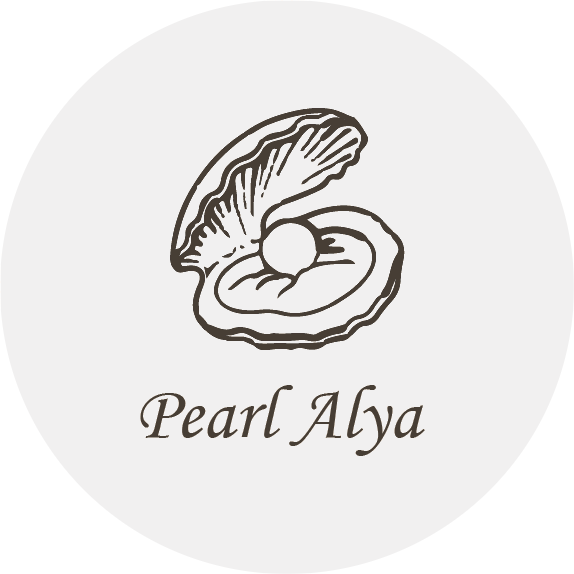
When Do Pearls Form?
When Do Pearls Form? Discover the Magic Behind Nature's Hidden Treasures
Unveil the wonder of pearls as we journey through their fascinating formation process and enduring allure in jewelry and beyond.
Introduction: A Journey into the Mystique of Pearls
When do pearls form, and what hidden processes are at play beneath the ocean's surface? This gateway into the natural wonders of our world beckons us to explore the journey from the humble oyster to a gem of timeless beauty. Pearls have fascinated civilizations for centuries, adorning crowns and inspiring myths. Let's embark on this exploration of magic and mystery in the world of pearls.

The Origins: How Pearls Form
The Role of Oysters
Pearls originate inside oysters, nurtured in the dim, secretive waters of the sea. This process begins when an irritant, like a grain of sand or a parasite, enters the oyster. In defense, the oyster secretes layers of nacre over the intruder, resulting in a shimmering pearl over time. The Gemological Institute of America explains that "each layer is composed of crystalline calcium carbonate aligned perfectly with those above and below, resulting in the famous luster of pearls" (GIA).
Nature vs. Nurture: Natural and Cultured Pearls
Natural pearls develop without human intervention, while the majority available today are cultured, formed under controlled conditions by inserting an irritant into the oyster deliberately. This technique allows the pearl industry to meet demand while preserving the natural process. As the renowned gemologist, Elisabeth Strack, once noted, "Cultured pearls are a testament to our ability to harmonize with nature." (Pearlz.com)
Timing: When Do Pearls Form?
The Growth Period of Pearls
Pearls do not form overnight; the process can span from six months to several years, depending on variables like water temperature, oyster species, and environmental conditions. Warmer waters accelerate the process, while colder environments encourage slower yet potentially more luminous growth. This balance represents a symbiotic relationship between humans and nature.
Harvesting Pearls: Seasons and Sustainability
Effective harvesting is crucial. Early harvesting risks subpar gems, while waiting too long can result in overgrown pearls that lose their perfection. Sustainable practices ensure oysters remain unharmed, maintaining ecological balance and supporting future production. According to the World Wildlife Fund, "Sustainable pearl farming supports marine environments and promotes biodiversity" (WWF).
The Appeal: Why Pearls Continue to Captivate
Pearls in Fashion and Culture
From the iconic strands of Coco Chanel to modern red carpets, pearls are timeless. They symbolize wealth and sophistication, with enduring appeal. As Coco Chanel said, "A woman needs ropes and ropes of pearls." (Chanel's Legacy)
The Symbolic and Emotional Connection
Beyond adornment, pearls symbolize elegance and resilience — beauty emerging from challenges, mirroring the human journey. This emotional connection enhances their allure.
Conclusion: The Lasting Allure of Pearls
Exploring when pearls form unveils a tale of nature's collaboration with humanity through patience and artistry. This complex process underscores our ecosystem's balance and the artistry behind luxury. From ocean depths to showcases, pearls represent elegance and legacy, inspiring admiration across generations. Whether worn in a necklace or ring, pearls weave a story that transcends time.
Keywords: Pearls, pearl formation, oyster, cultured pearls, natural pearls, pearl jewelry, luxury jewelry, sustainable pearl farming


